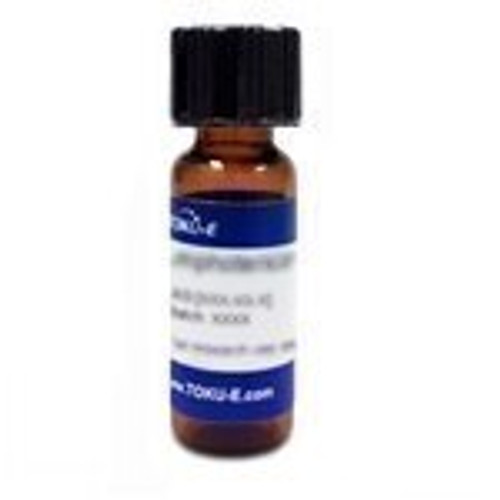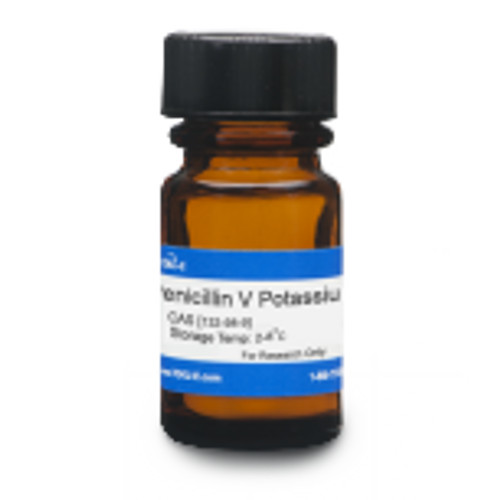Gilvocarcin V is the major analogue of a complex of C-glycoside antitumor actives isolated from a Streptomyces sp.. Gilvocarcin V contains a vinyl group in the 8-position, and is the most potent analogue of the complex. It is thought to act as an inhibitor of the catalytic activity of human topoisomerase II. The metabolite displays potent antibacterial, antifungal, antiviral and antitumor activity. Recent research suggests that the gilvocarcins act as photoactivated cross-linkers of DNA to histones.
Gilvocarcin V is soluble in DMF or DMSO. Moderately soluble in methanol or ethanol. Poor water solubility.
Gilvocarcin V is soluble in DMF or DMSO. Moderately soluble in methanol or ethanol. Poor water solubility.
| References | Antitumor agents from Streptomyces anandii: gilvocarcins V, M and E. Balitz D.M. et al. J Antibiot (Tokyo) 1981, 34, 1544-1555. Activation of antitumor agent gilvocarcins by visible light. Elespuru R.K. & Gonda S.K. Science 1984, 223, 69. Histone H3 and heat shock protein GRP78 are selectively cross-linked to DNA by photoactivated gilvocarcin V in human fibroblasts. Matsumoto A. & Hanawalt P.C. Cancer Res. 2000, 60, 3921. Photoactivated gilvocarcin V induces DNA-protein crosslinking in genes for human ribosomal RNA and dihydrofolate reductase. Matsumoto A. et al. Photochem Photobiol. 1994, 60, 225. |








